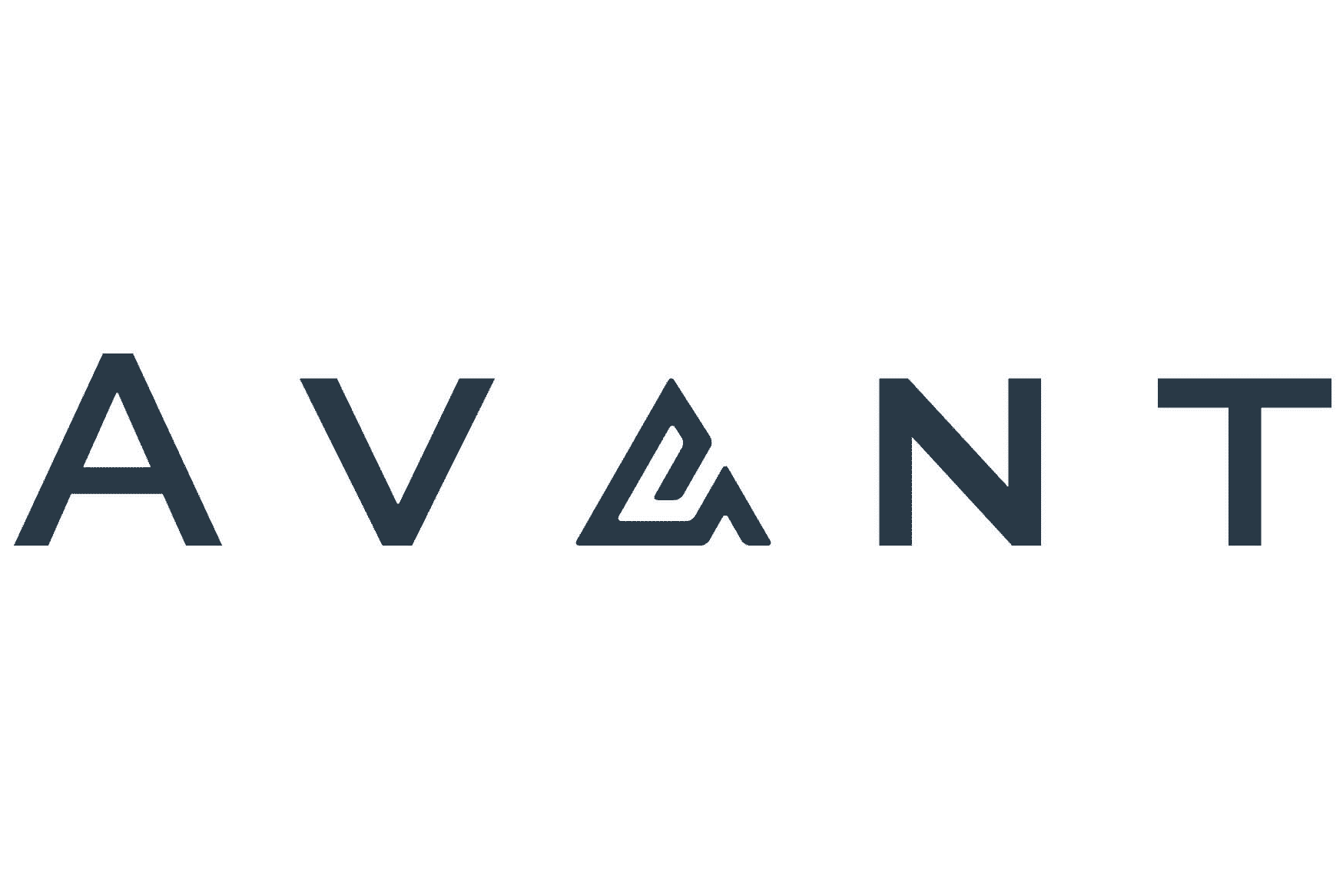Best Hardship Loans in 2025
Financial emergencies can strike when you least expect them. Whether you’re facing unexpected medical bills, urgent home repairs, or a temporary loss of income, hardship loans can provide a crucial lifeline.
Quick Answer: Best Hardship Loans for 2025
Based on our research, here are the top hardship loan providers for 2024:
- Upgrade: Best for flexible repayment terms (24-84 months) and joint applications. APR: 8.49% – 35.99%
- Avant: Ideal for borrowers with fair credit. Quick funding available. APR: 9.95% – 35.99%
- Upstart: Best for borrowers with limited credit history. Uses AI for underwriting. APR: 7.8% – 35.99%
- LoansUnder36: Offers a marketplace of lenders with APRs under 36%. Good for comparing multiple offers quickly.
- Low Credit Finance: Specializes in loans for people with poor credit scores. Higher APRs but more accessible approval.
What Are Hardship Loans?
Hardship loans are financial products designed to help individuals cope with unexpected financial difficulties.
These loans typically offer more flexible terms and may have less stringent eligibility requirements compared to traditional personal loans.
Key Features of Hardship Loans:
- Typically smaller loan amounts
- Shorter repayment terms
- May have higher interest rates than traditional loans
- Often more accessible to those with lower credit scores
- Can be used for various urgent expenses
While hardship loans can be a valuable resource during financial crises, it’s essential to understand their terms and consider them as a last resort due to potentially higher costs.
Top Hardship Loan Providers in 2025
Based on our extensive research, here are the best hardship loan providers for 2025:
1. Upgrade
Minimum credit score: 580
APR range: 8.49% – 35.99%
Loan amounts: $1,000 – $50,000
Repayment terms: 24 – 84 months
Upgrade Highlights
Upgrade stands out for its flexible repayment terms and quick funding process. They also allow joint applications, which can be beneficial for those who need a cosigner to qualify.
2. Avant
Minimum credit score: 580
APR range: 9.95% – 35.99%
Loan amounts: $2,000 – $35,000
Repayment terms: 24 – 60 months
Avant Highlights
Avant is an excellent option for those with less-than-perfect credit. They offer next-day funding and accommodate borrowers with lower credit scores.
3. Upstart
Minimum credit score: 300
APR range: 7.80% – 35.99%
Loan amounts: $1,000 – $50,000
Repayment terms: 36 – 60 months
Upstart Highlights
Upstart uses artificial intelligence to assess borrowers, potentially offering better rates to those with limited credit history. They also provide quick funding and flexible terms.
Hardship Loan Lenders: A Side-by-Side Comparison
| Lender | APR Range | Loan Amounts | Repayment Terms | Minimum Credit Score | Special Features |
|---|---|---|---|---|---|
| Upgrade | 8.49% – 35.99% | $1,000 – $50,000 | 24 – 84 months | 580 | Joint applications, next-day funding |
| Avant | 9.95% – 35.99% | $2,000 – $35,000 | 24 – 60 months | 580 | Quick funding, fair credit accepted |
| Upstart | 7.8% – 35.99% | $1,000 – $50,000 | 36 or 60 months | 300 | AI-powered underwriting, considers factors beyond credit score |
| LoansUnder36 | Up to 35.99% | Varies by lender | Varies by lender | Varies by lender | Marketplace of lenders, all with APRs under 36% |
| Low Credit Finance | Varies (may be higher) | Varies by lender | Varies by lender | No minimum (specializes in poor credit) | Accessible for very low credit scores |
Please note that the information for LoansUnder36 and Low Credit Finance is more general, as they are lending marketplaces or specialists that work with multiple lenders.
Their exact terms can vary depending on the specific lenders they partner with and the borrower’s individual circumstances.
Types of Hardship Loans
Hardship loans come in various forms, each with its own set of pros and cons:
Unsecured Personal Loans
Secured Personal Loans
Payday Alternative Loans (PALs)
401(k) Loans
Peer-to-Peer Loans
Common Types of Hardship Loans
Unsecured Personal Loans
These loans don’t require collateral but typically need a good credit score. They offer flexibility in use and often have competitive interest rates for qualified borrowers.
Secured Personal Loans
Secured loans require collateral, such as a car or savings account. They may offer lower interest rates and be easier to qualify for, but you risk losing your collateral if you default.
Payday Loans
Payday loans are short-term personal loans that typically have to be paid back on the borrower’s next payday. They tend to have higher interest rates and fees, so they should only be used as a last resort.
Payday Alternative Loans (PALs)
Offered by some credit unions, PALs provide a safer alternative to traditional payday loans. They typically have lower interest rates and more manageable repayment terms.
401(k) Loans
While not technically a loan, borrowing from your 401(k) can be an option in times of hardship. However, it’s crucial to understand the potential tax implications and impact on your retirement savings.
Read More: 401(k) Loans: What You Need to Know
Peer-to-Peer Loans
These loans connect borrowers directly with individual lenders through online platforms. They can offer competitive rates and may be more accessible to those with less-than-perfect credit.
Read More: What Is Peer To Peer Lending?
How to save $1,190.00 on your loan
The price difference for a $500.00 loan in 90 days is $1,190.00.
How to Improve Your Chances of Qualifying for a Hardship Loan
Securing a hardship loan can be challenging, especially if you’re already facing financial difficulties.
However, there are several steps you can take to increase your chances of approval and potentially secure better terms. Here’s how to put your best foot forward when applying for a hardship loan:
1. Check and Improve Your Credit Score
Your credit score plays a crucial role in loan approval and interest rates. Even a small improvement can make a difference:
Request your free credit report and check for errors
Pay down existing debts, especially credit card balances
Make all payments on time
Avoid applying for new credit in the months before your loan application
Steps to Improve Your Credit Score
Read More: 8 Ways to Improve Your Credit Score
2. Gather and Organize Your Financial Documents
Being prepared with all necessary documentation can speed up the application process and demonstrate your responsibility to lenders:
Proof of income (pay stubs, tax returns)
Bank statements
Proof of assets and liabilities
Identification documents
Documentation of your financial hardship
Essential Documents to Prepare
3. Create a Solid Repayment Plan
Lenders want assurance that you can repay the loan, even in times of hardship. Develop a realistic budget and repayment plan to present to potential lenders:
Tips for Creating a Repayment Plan
- Outline your current income and expenses
- Identify areas where you can cut costs
- Show how you’ll prioritize loan repayments
- Include any potential increases in income (e.g., part-time work, selling assets)
4. Consider a Co-signer
If you’re struggling to qualify on your own, a co-signer with good credit can significantly improve your chances of approval and help you secure better terms. However, be aware of the responsibilities and risks for both parties:
Co-signer Considerations
- Your co-signer is equally responsible for repaying the loan
- LateMissed payments will affect both your credit scores
- Ensure open communication about repayment expectations
5. Be Honest About Your Situation
Transparency about your financial hardship can work in your favor. Many lenders have specific programs or more flexible terms for those facing genuine difficulties:
Clearly describe the nature of your financial hardship
Explain any steps you’ve already taken to address the situation
Outline your plan for overcoming the hardship
Provide any relevant documentation to support your explanation
How to Explain Your Hardship
6. Shop Around and Compare Offers
Don’t settle for the first loan offer you receive. Different lenders have varying criteria and may view your situation differently:
Check with multiple lenders, including banks, credit unions, and online lenders
Use pre-qualification tools when available to avoid hard credit checks
Compare APRs, fees, and repayment terms
Consider both traditional and alternative lenders
Comparison Strategies
7. Consider Secured Loan Options
If you’re having trouble qualifying for an unsecured loan, consider secured loan options. While they carry more risk, they can be easier to obtain and may offer better terms:
Potential Secured Loan Options
- Home equity loans or lines of credit (if you’re a homeowner)
- Car title loans (use caution with high-interest options)
- Secured credit cards to build credit before applying for a loan
- Savings-secured loans from credit unions
Alternatives to Hardship Loans
Before taking out a hardship loan, consider these alternatives that might be more suitable for your situation:
Negotiate with creditors for payment plans
Seek assistance from local non-profit organizations
Explore government assistance programs
Consider a balance transfer credit card for debt consolidation
Investigate home equity loans or lines of credit if you’re a homeowner
Alternatives to Consider
Frequently Asked Questions
FAQs About Hardship Loans
What credit score do I need for a hardship loan?
Credit score requirements vary by lender. Some lenders, like Upstart, accept scores as low as 300, while others may require scores of 580 or higher.
How quickly can I get a hardship loan?
Many lenders offer funding within 1-3 business days after approval. Some, like Upgrade and Avant, may provide funds as soon as the next business day.
Can I get a hardship loan with bad credit?
Yes, it’s possible to get a hardship loan with bad credit. Lenders like Avant and Upstart specialize in loans for borrowers with less-than-perfect credit. However, you may face higher interest rates.
Are hardship loans safe?
Hardship loans from reputable lenders can be safe options. However, always read the terms carefully and be wary of predatory lenders offering extremely high interest rates or unfavorable terms.
Final Thoughts
Hardship loans can provide crucial financial support during challenging times. However, it’s essential to approach them cautiously and consider all available options.
By understanding the different types of hardship loans, comparing lenders, and carefully evaluating your financial situation, you can make an informed decision that helps you navigate your financial difficulties without creating long-term problems.
Key Takeaways
- Hardship loans can provide quick financial relief during emergencies.
- Compare multiple lenders to find the best rates and terms.
- Consider alternatives like payment plans or assistance programs before taking out a loan.
- Always read the fine print and understand the total cost of the loan.
- If possible, work on improving your credit score to access better loan options in the future.
Remember, while hardship loans can be helpful in the short term, they’re not a long-term solution to financial problems.
If you find yourself consistently struggling with debt, consider seeking advice from a credit counselor or financial advisor to develop a sustainable financial plan.








